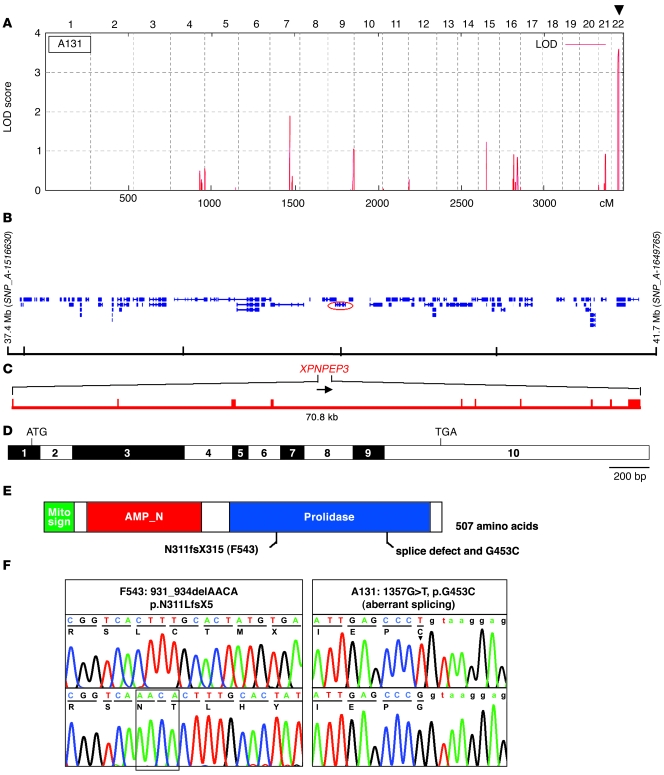Figure 1. Positional cloning of the XPNPEP3 gene, as mutated in NPHPL1.
(A) Parametric multipoint LOD score profile across the human genome of consanguineous kindred A131. Human chromosomes (numbered on top) are concatenated from pter (left) to qter (right) on the x-axis. Genetic distance is given in cM. Note the presence of a significant maximum LOD score of 3.6 on human chromosome 22q13.2 (arrowhead), defining a new gene locus (NPHPL1) for an NPHP-like kidney disease. (B) In kindred A131, the NPHPL1 locus, which is homozygous by descent, is delimited by heterozygous markers SNP_A-1516630 and SNP_A-1649765 to a 4.3-Mb interval, which contains 101 positional candidate genes (per the UCSC sequence; http://genome.ucsc.edu/). Mutations were detected in XPNPEP3 (encircled red). (C) The XPNPEP3 gene extends over 70.8 kb and contains 10 exons (vertical hatches). (D) Exon structure of human full-length XPNPEP3 cDNA (3,056 bp). Positions of start codon (ATG) at nt +1 and of stop codon (TGA) are indicated. Exon sizes, ranging from 63 bp to 997 bp, are approximated. (E) Positions of the mitochondrial localization signal (Mito sign). The SMART program (http://smart.embl-heidelberg.de) predicts a putative N-terminal aminopeptidase P domain (AMP_N; amino acid 67–213), and prolidase domain (amino acid 253–490), which are drawn in relation to the encoding exon positions in D. (F) Two homozygous mutations of XPNPEP3 detected in families A131 and F543 with NPHPL1 (see Table 1).

